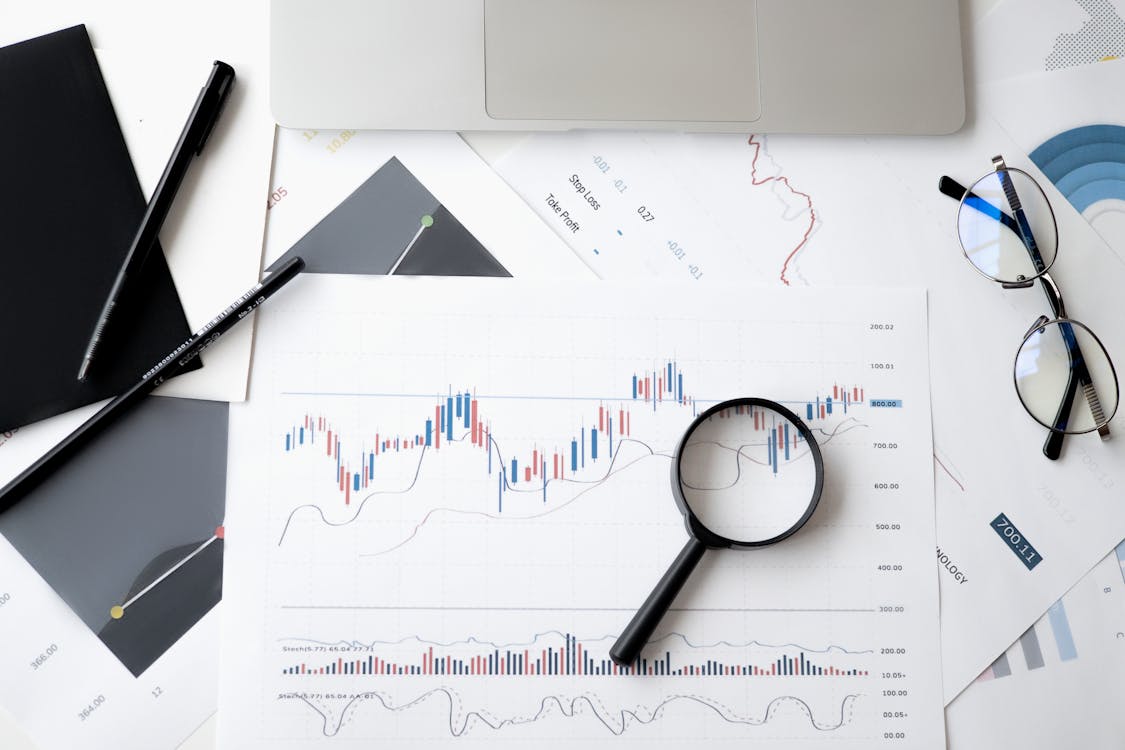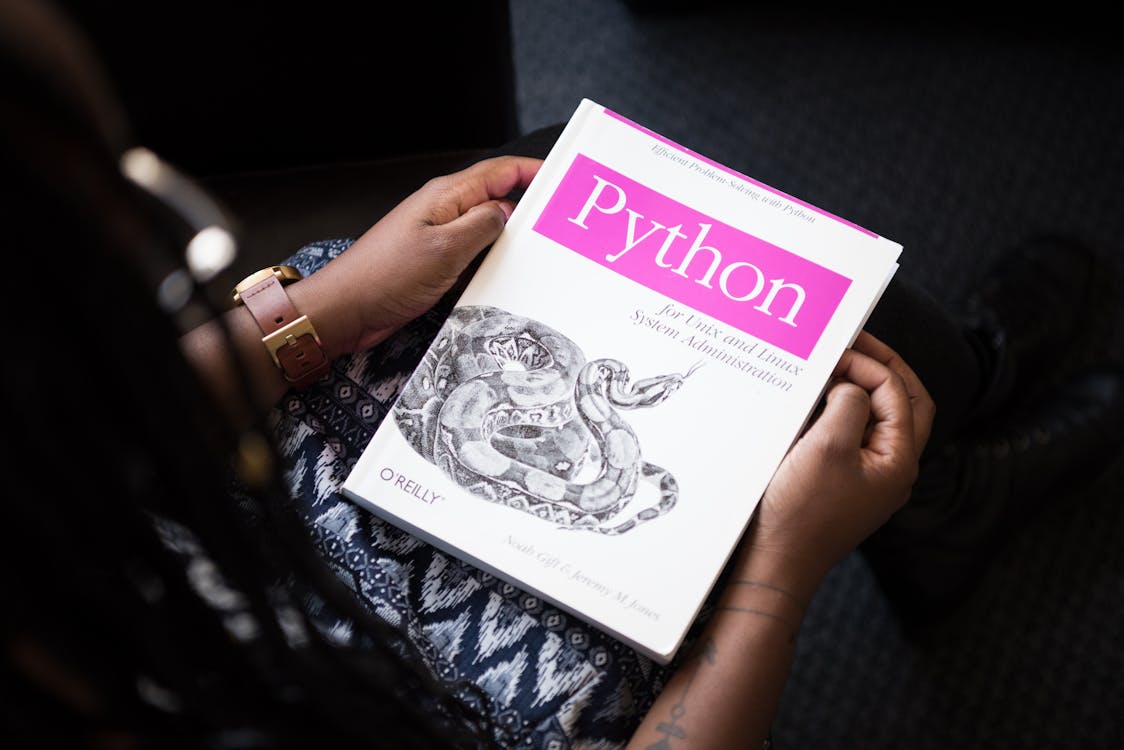The Pros And Cons Of Algorithmic Trading Vs Manual Trading
Author: ChatGPT
February 28, 2023
Introduction
When it comes to trading, there are two main approaches: algorithmic trading and manual trading. Both have their advantages and disadvantages, so it’s important to understand the differences between them before deciding which one is right for you. In this blog post, we’ll take a look at the pros and cons of algorithmic trading vs manual trading.

What is Algorithmic Trading?
Algorithmic trading (also known as automated or black-box trading) is a type of computer-driven trading that uses complex algorithms to make decisions about when to buy or sell stocks. Algorithms are programmed into computers that analyze market data in real time and execute trades based on predetermined criteria. This type of trading has become increasingly popular in recent years due to its ability to quickly identify profitable opportunities in the markets.
The main advantage of algorithmic trading is its speed and accuracy. By using algorithms, traders can quickly identify profitable opportunities in the markets and execute trades with minimal human intervention. This allows traders to take advantage of market movements more quickly than they could with manual trading methods. Additionally, algorithmic traders can backtest their strategies on historical data to ensure that they are making sound decisions before executing trades in real time.
However, there are some drawbacks associated with algorithmic trading as well. One major disadvantage is that it requires a significant amount of capital upfront in order to be successful. Additionally, algorithmic traders must be knowledgeable about programming languages such as Python or C++ in order to create their own algorithms or modify existing ones. Finally, algorithmic traders must also be aware of potential risks associated with high-frequency trading such as slippage and latency issues which can lead to losses if not managed properly.

What is Manual Trading?
Manual trading (also known as discretionary or fundamental analysis) is a type of stock market investing where decisions about when to buy or sell stocks are made by humans rather than computers. Manual traders use fundamental analysis techniques such as analyzing financial statements, news reports, economic indicators, etc., in order to make informed decisions about when to enter or exit positions in the markets.
The main advantage of manual trading is that it allows traders more flexibility when making decisions about when to enter or exit positions in the markets. Unlike algorithmic traders who rely solely on computer algorithms for decision making, manual traders have the ability to use their own judgment when making decisions about which stocks they should buy or sell at any given time. Additionally, manual traders don’t need large amounts of capital upfront like algorithmic traders do since they don’t need expensive software programs or powerful computers for their strategies.
However, there are some drawbacks associated with manual trading as well. One major disadvantage is that it requires a significant amount of time and effort from the trader since they must constantly monitor news reports and financial statements in order to make informed decisions about when to enter or exit positions in the markets. Additionally, manual traders may not be able to take advantage of short-term market movements due to their slower decision-making process compared with algorithmic traders who can execute trades almost instantaneously based on predetermined criteria programmed into their algorithms. Finally, manual traders may also miss out on potential profits due to emotional biases which can lead them astray from sound investment principles if not managed properly.

Conclusion
In conclusion, both algorithmic and manual trading have their advantages and disadvantages depending on your individual needs as a trader. If you’re looking for speed and accuracy then algorithmic trading may be right for you; however if you prefer more flexibility then manual trading may be better suited for your needs instead since it allows you more control over your decision making process without relying solely on computer algorithms for guidance like an algorithm trader would do . Ultimately though it comes down personal preference so make sure you weigh all your options carefully before deciding which approach is best for you!


How Long Does It Take To Sell Stock And Get Money?
Discover the answer to one of the most frequently asked questions in the world of finance - learn how long it takes to sell stock and receive your earnings.

What Are High Dividend Stocks?
Discover how investing in high dividend stocks can potentially provide a steady income stream and increase your long-term returns in the stock market.

Are Data Science And Machine Learning The Same?
Data science is a field of study that focuses on extracting insights from large amounts of data. It involves using various techniques such as machine learning, natural language processing, statistics, and data mining to analyze data sets and uncover patterns or trends.

Are Remarkable Tablets Worth It?
Are you looking for a device that can replace your notebooks and printed documents? If so, you may have heard of the reMarkable 2 tablet.
